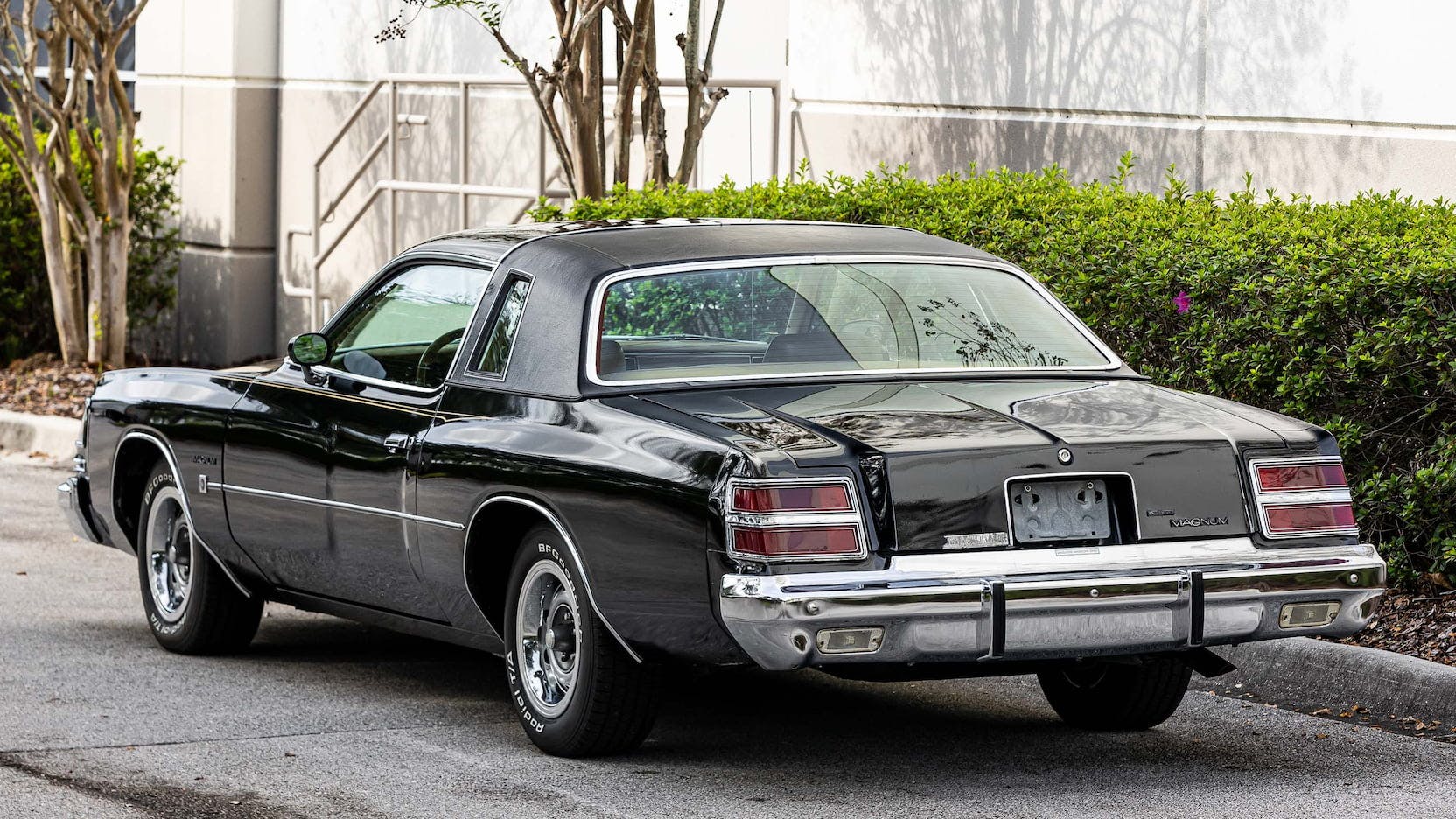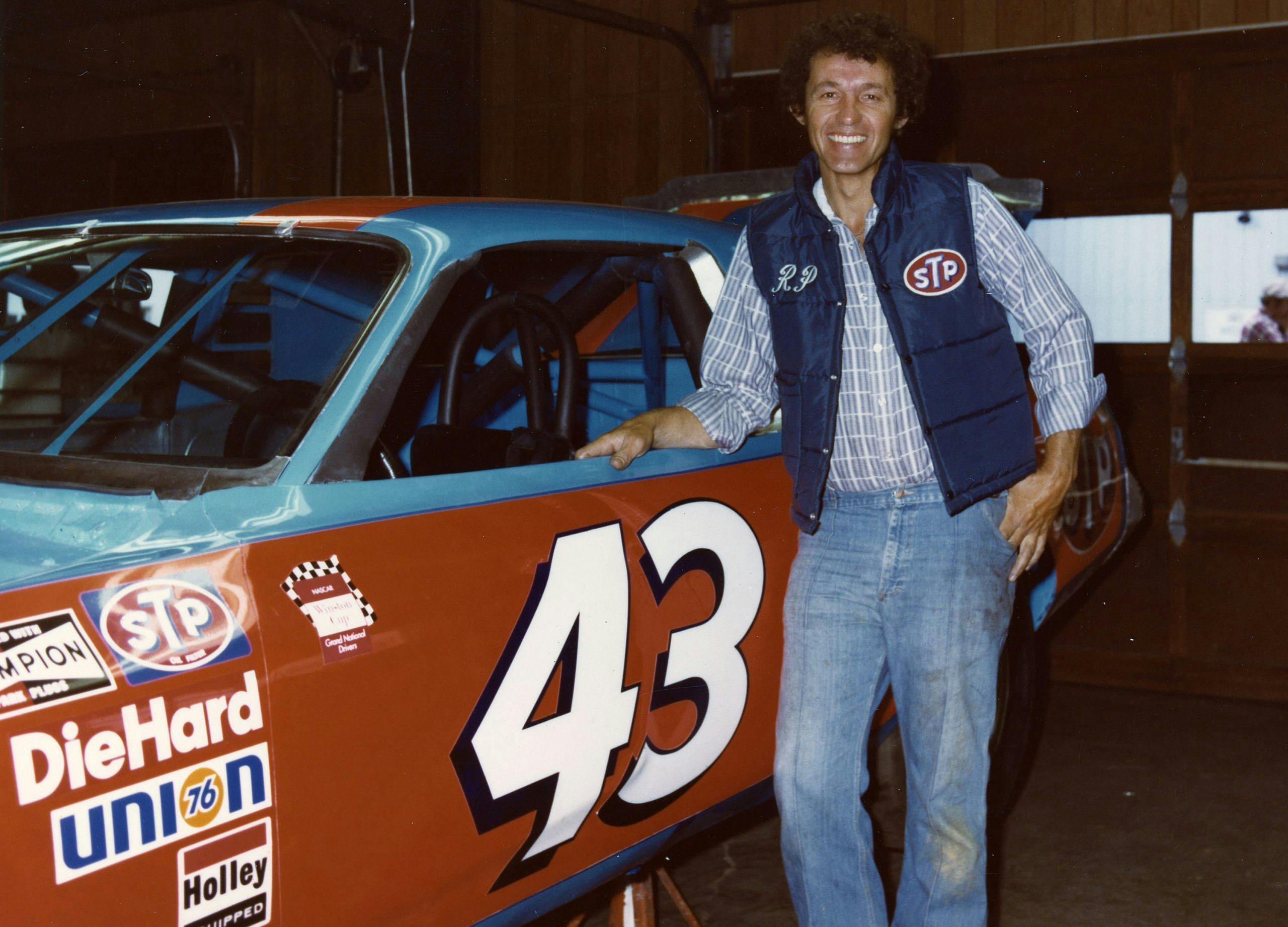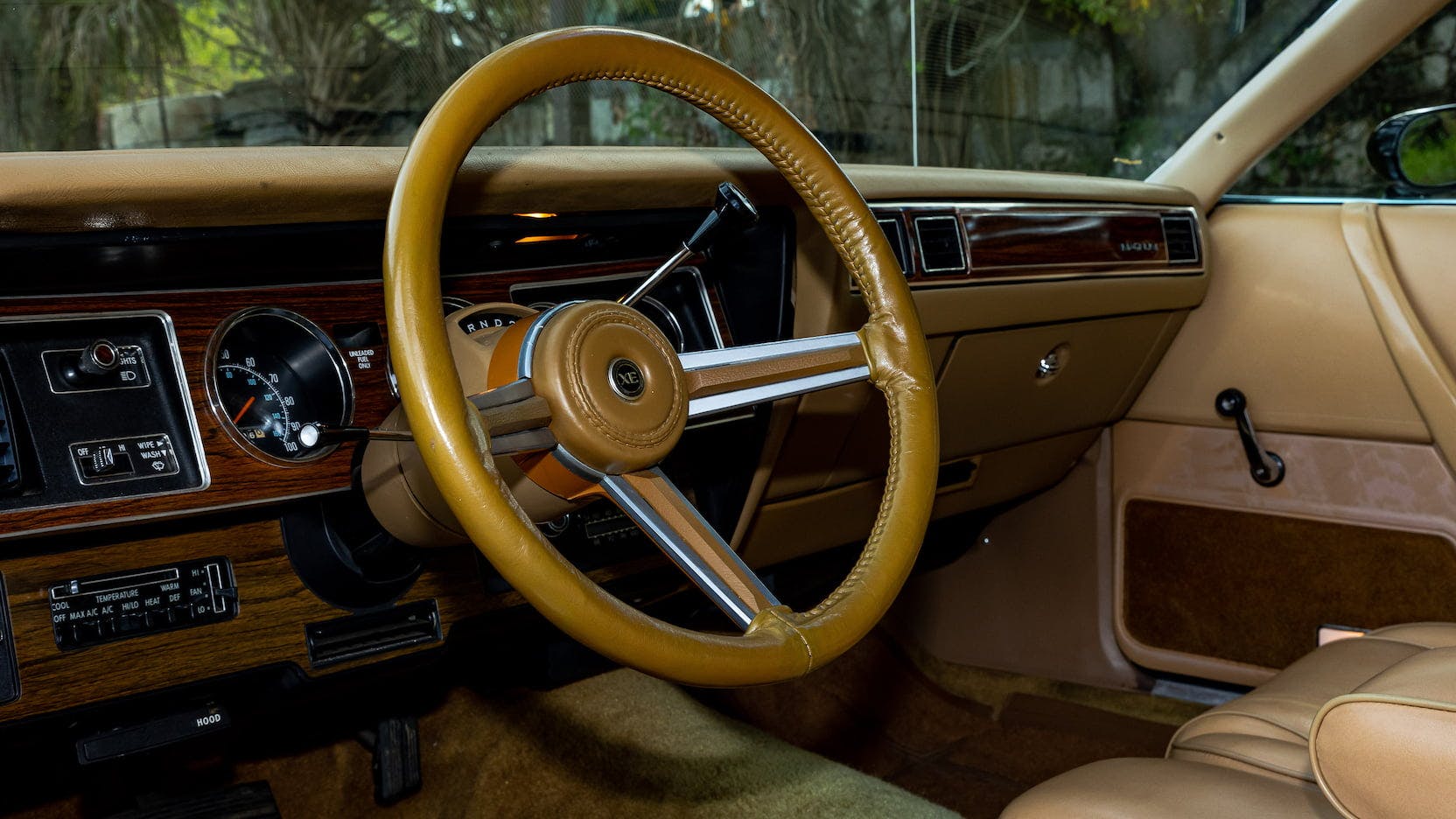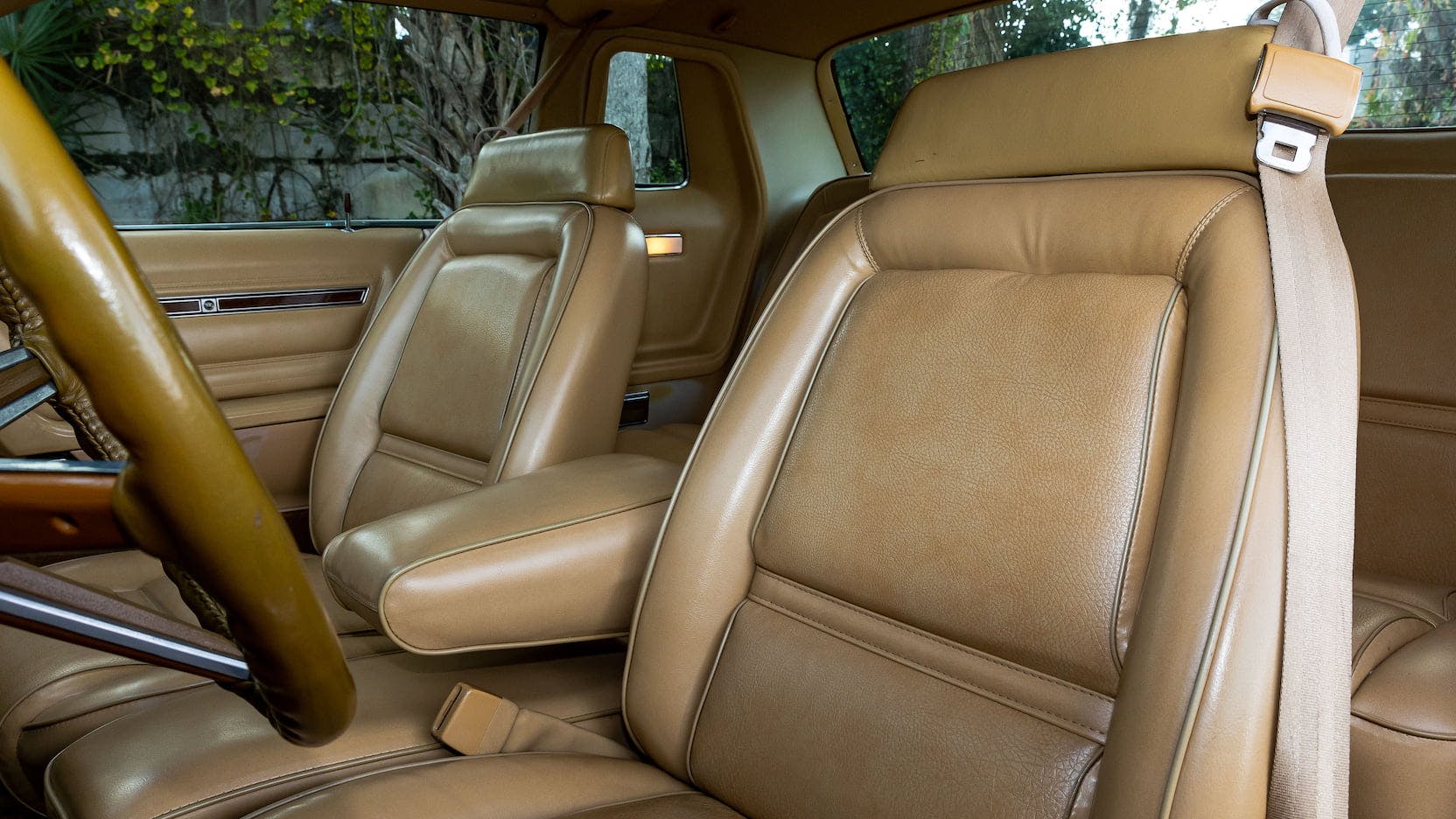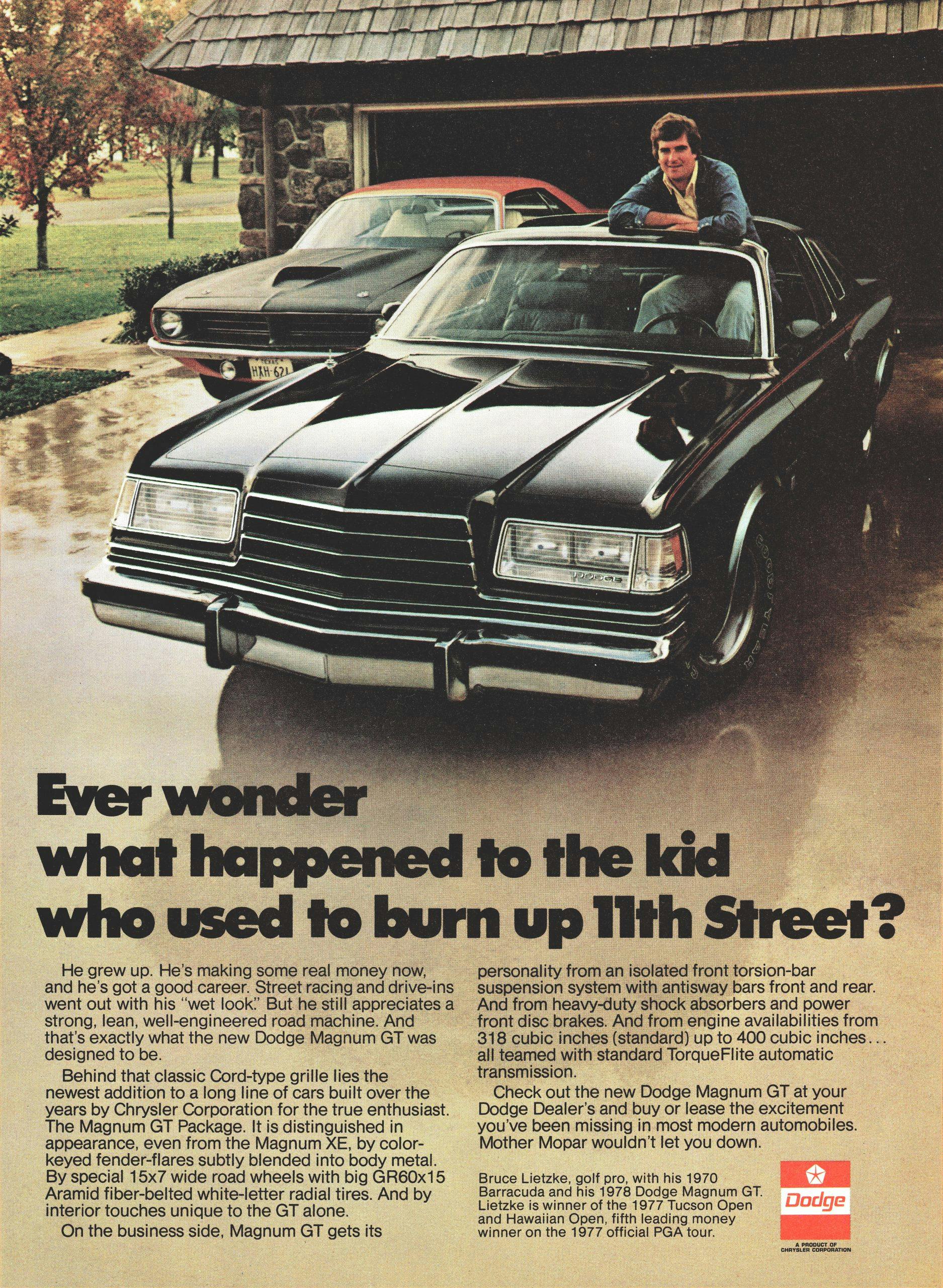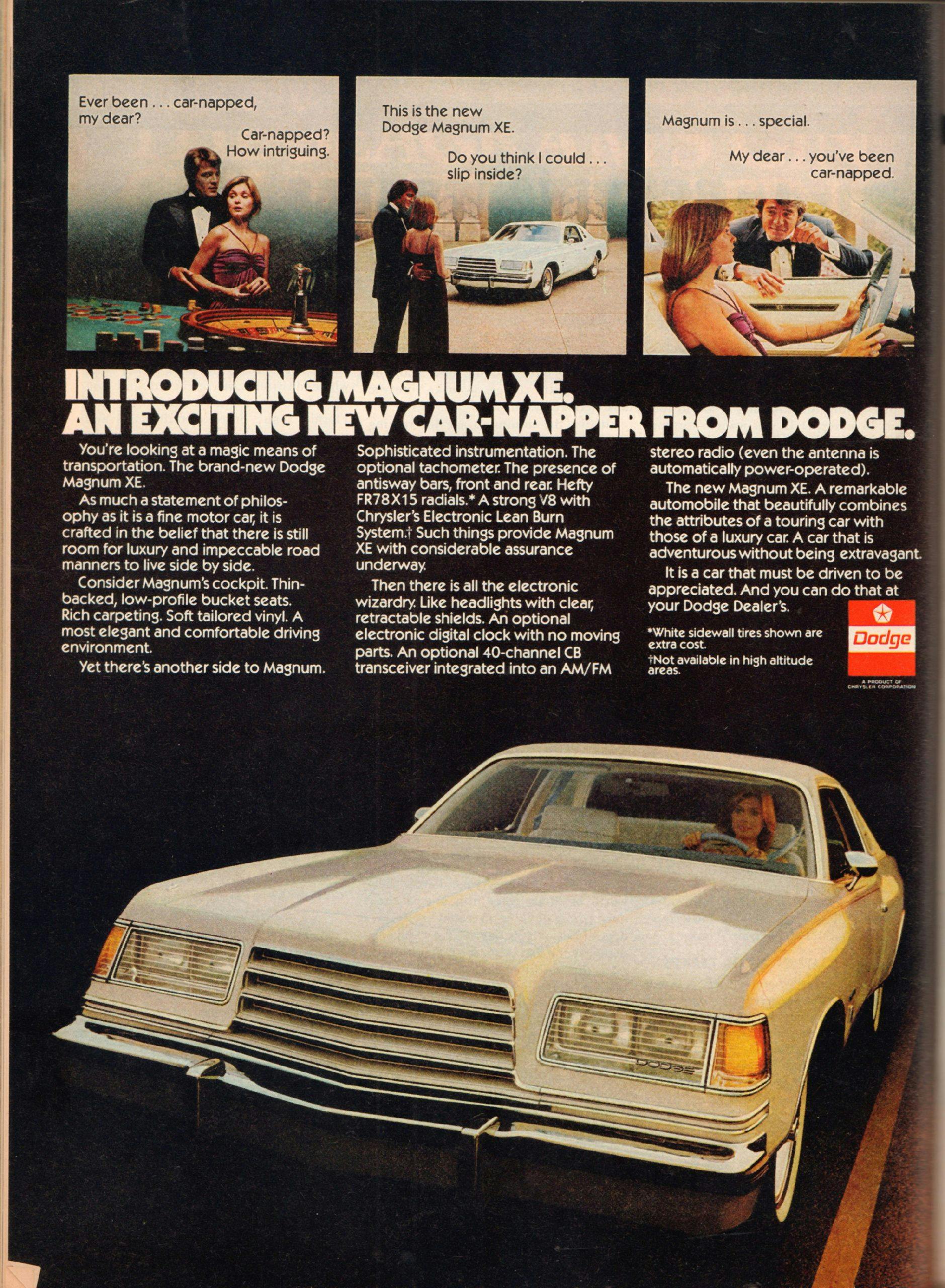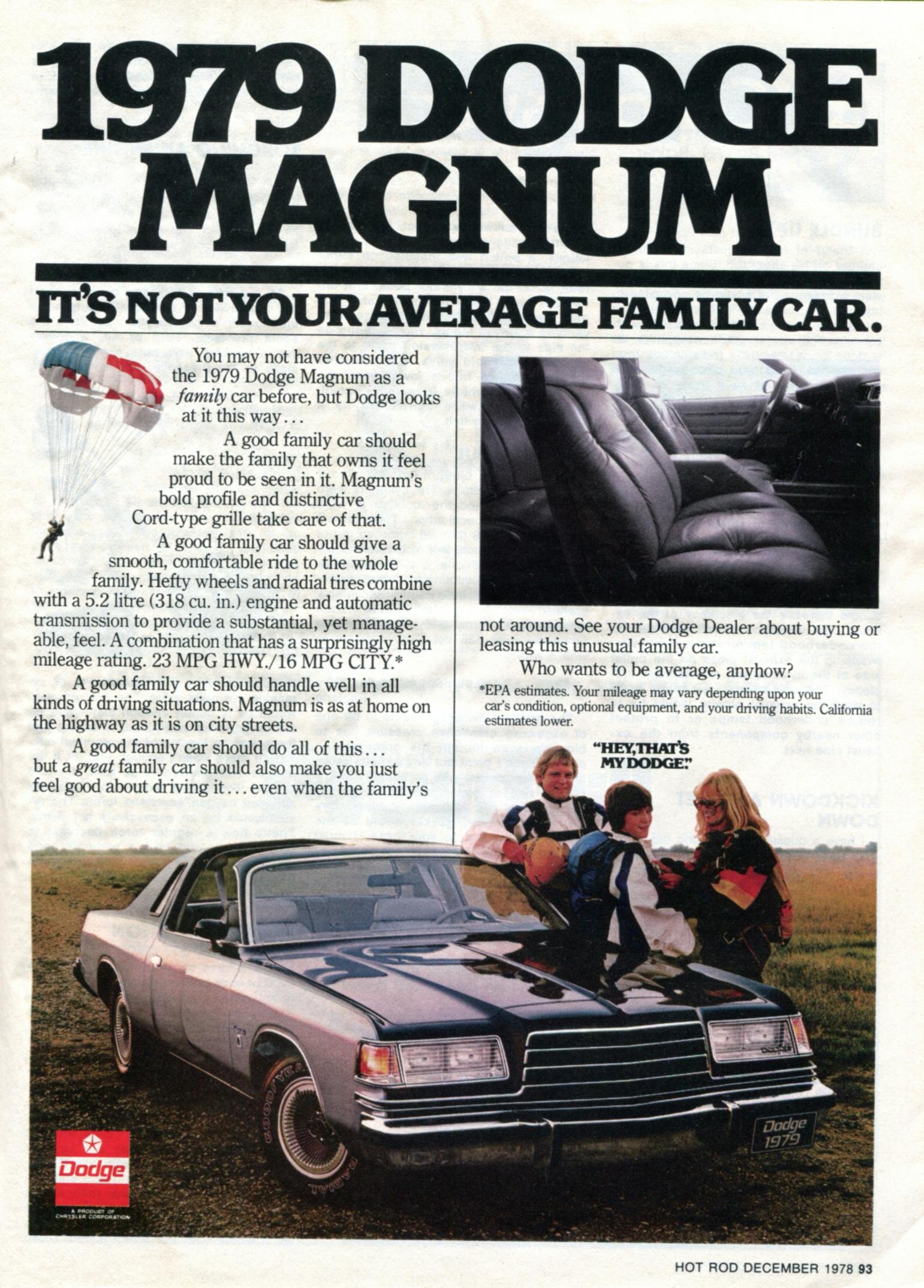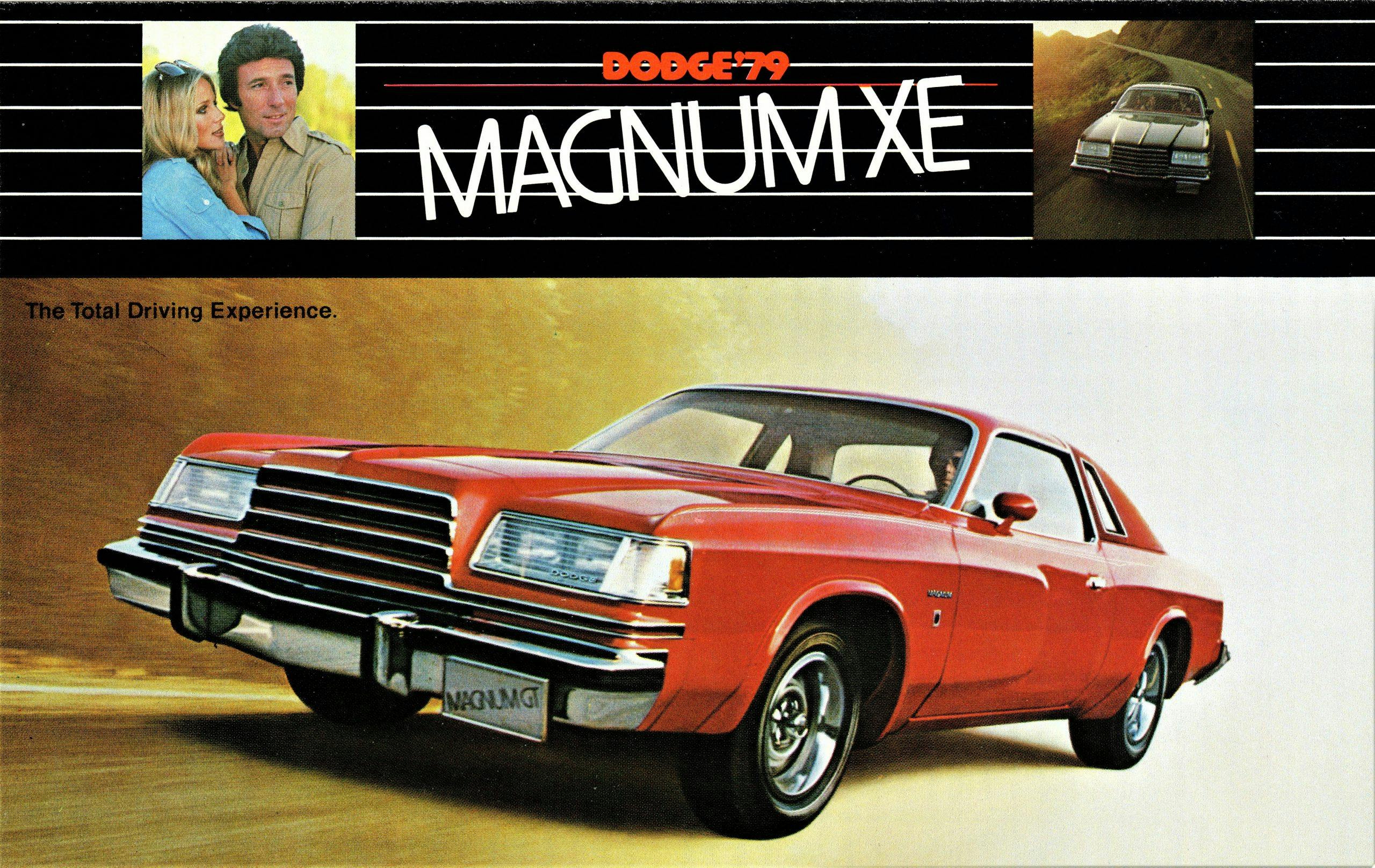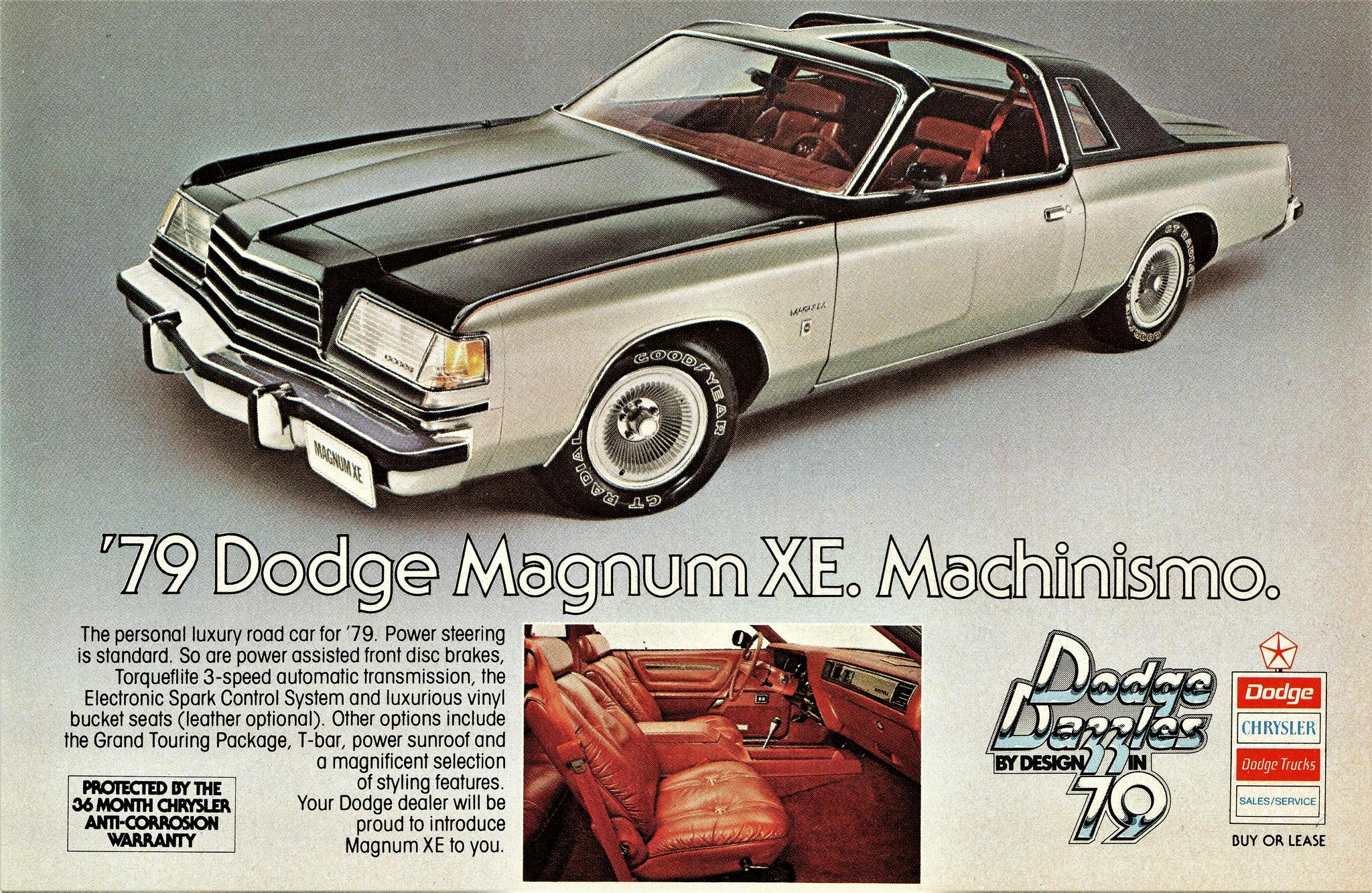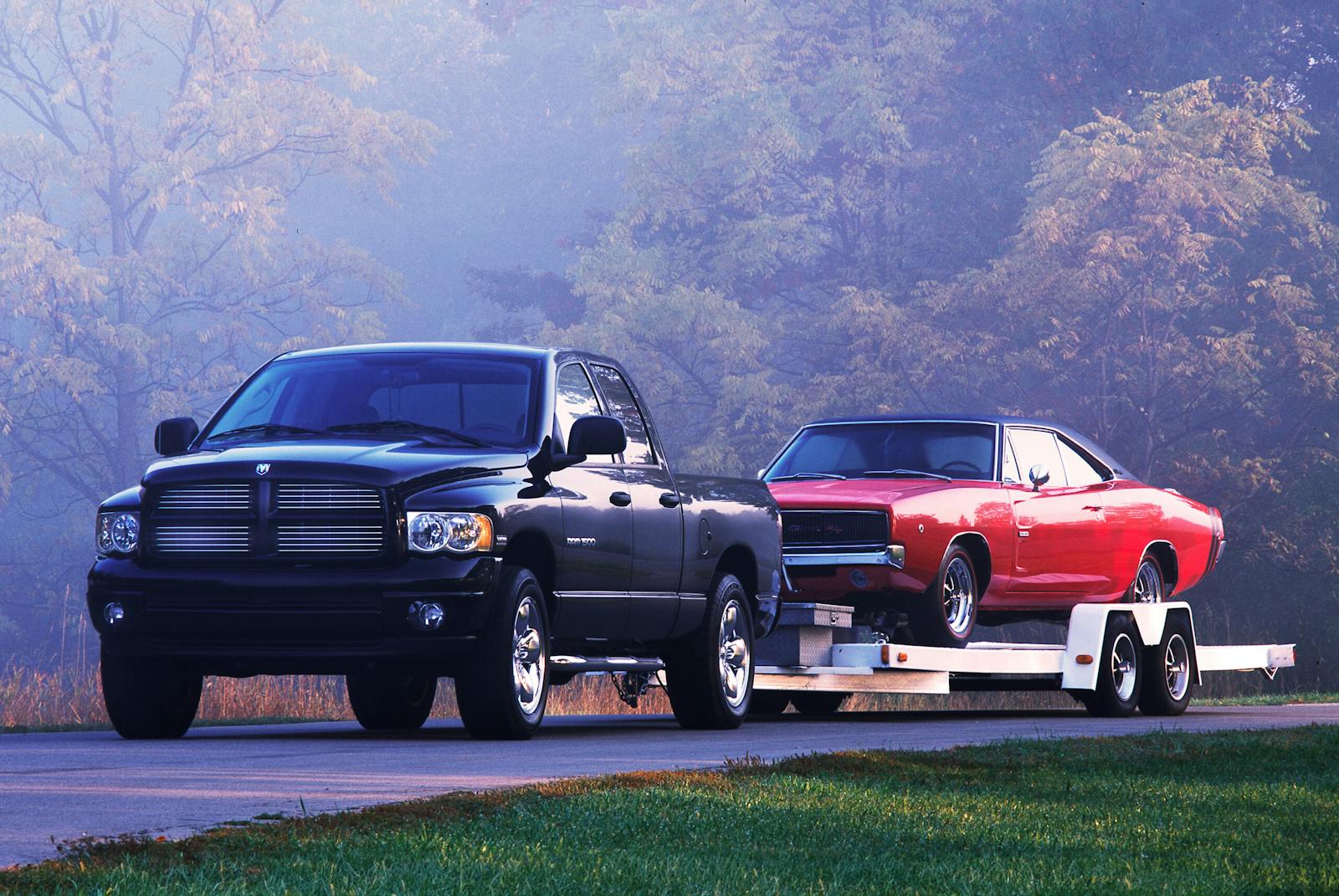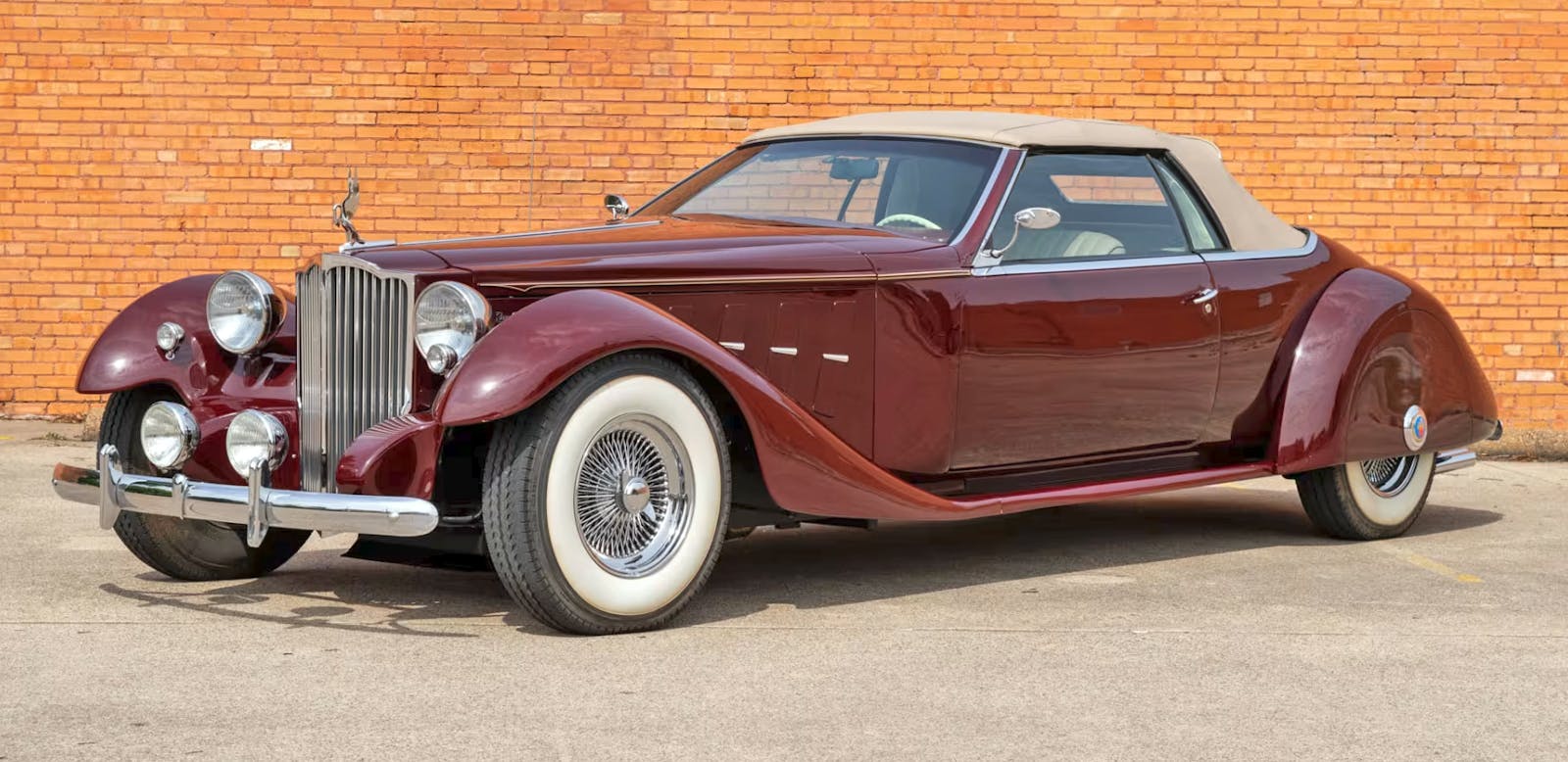Affordable B-Body: The Dodge Magnum was a last-ditch effort to keep Richard Petty in the fold
If you were to rattle off the top ten greatest muscle cars, Mopar’s B-body would account for quite a few entries. Introduced in 1962, the intermediate-sized platform underpinned legendary muscle machines—names like Road Runner, Charger, GTX, Daytona, Superbird, Coronet, and many others. Sadly, the muscle car era ended by the mid-1970s amid a perfect storm of rising insurance rates, new emissions regulations, and a global fuel crisis. But for a decade or so—1964 to 1974, give or take—muscle cars ruled the streets. And when it comes to postwar American collector cars, many would argue they still rule the roost.
Muscle machines weren’t always treated with reverence, however. Beaten and battered examples littered the back lots of shady used car dealers in the early 1980s. Back then, legendary rides like big-block Chargers, Hemi Road Runners, and even Superbirds could be had for a song. Those days are long gone, of course. These elite Mopars regularly sell at auction for six-figure prices, and even barely-restorable projects change hands for tens of thousands of dollars.
Don’t despair! Even if your budget is more J.D. Byrider than Barrett-Jackson, you might be surprised to learn that your B-body dreams are not impossible. While it may lack the curb appeal of its more famous cousins, one particular expression of the platform has a unique pedigree all its own. (And yes, you could indeed get it with a big-block.) Enter the 1978–1979 Dodge Magnum.
By 1975, the once-potent Dodge Charger had morphed from a veritable triple threat (street, strip, and NASCAR chops) into a stolid, sedate personal luxury car. This same fate befell many once-legendary nameplates in the ‘70s—the Ford Thunderbird immediately comes to mind—in the same manner that the Eclipse, Blazer, and even Mustang are being applied to egg-shaped modern crossovers. Once a favorite of seven-time NASCAR Cup Series Champion Richard Petty, the Dodge Charger looked decidedly un-racy with its Cordoba-inspired grille.

Looks may often be deceiving, but in this case, what you saw was what you got. The 1975 Charger wasn’t particularly aerodynamic, which meant that it wasn’t particularly competitive on NASCAR’s massive superspeedways, Daytona and Talladega. Falling short was an embarrassment for a nameplate that, just few years earlier, broke the 200-mph barrier for the first time. The Dodge Charger Daytona—and its Plymouth Superbird sequel—were so cutting-edge and dominant that the sanctioning body had to write new rules to neuter them just to keep the other guys from taking their steering wheels and going home. Suddenly, Mopar muscle was in danger of disappearing from American race tracks altogether.
Ironically, the same rulebook that had effectively banned the wing cars also allowed Dodge teams to continue running 1974 Charger sheetmetal late into the 1970s. That stroke of fortune bought some much-needed time for the team at Chrysler Corporation to hit the wind tunnel and produce another dominant Dodge for the 1978 NASCAR season.
The ultimate goal was to keep Mopar’s golden boy, Richard Petty, in a Mopar. Back in 1969, Petty had left Plymouth for the greener (or bluer, in this case) pastures of Ford’s then-new Torino Talladega. It was the winged wonder, the 1969 Dodge Daytona, that won him back. Chrysler wasn’t going to lose him to the competition again.
The poor aerodynamic performance of the mid-’70s Charger was a problem, and the solution was the 1978 Dodge Magnum. While the Magnum shares its platform, drivetrain, and much of its trim with its Charger stablemate, the biggest deviation is its angular front end. Even in 2022, the quad rectangular headlamps tucked behind aerodynamic clear covers make for a striking look, one that was sure to be intimidating in the rear-view mirrors of Petty’s rivals.
Initially, it was. Petty led several laps of the 1978 Daytona 500 in his new Dodge, but the honeymoon ended soon after. Petty was critical of the Magnum’s handling at speed, and by season’s end, he was behind the wheel of a Monte Carlo. Smaller teams, including country singer Marty Robbins and Mopar loyalist Buddy Arrington, soldiered on with the Magnum for a few more years. The King’s son, Kyle, had some success with his father’s cast-off Magnums in ARCA racing, and even made his first few starts in the Winston Cup series in the leftover Dodges. By the time he was running the full schedule in 1981, however, Kyle Petty was driving for General Motors, like his father.
That same year, NASCAR switched to a smaller wheelbase. Chrysler approached Petty again, this time to attempt to turn the J-body Mirada into a contender. Like the Magnum, the Mirada was not as aerodynamic as it looked, so it was a no-go for Petty. While a few smaller teams (including the aforementioned Arrington) campaigned the Dodge Mirada (and its sister car, the Chrysler Imperial) for a few more years, Chrysler Corporation couldn’t boast of having any true Sunday superstars. Petty ultimately stuck with General Motors until his retirement in 1992. The dream was over. Dodge wouldn’t return to the NASCAR circuit until 2001, when Ray Evernham brought a pair of seriously fast factory-backed Intrepids to the Daytona 500, with Bill Elliott capturing the pole.

The Magnum may not have been as successful as the other B-body aero warriors, but it nonetheless deserves its own special place in history. After all, it’s the last car built on the legendary B-body platform. Street versions were sold in two trims: the luxury-styled Magnum XE and the performance-oriented GT. Buyers could order their Magnum as a slicktop, or with a factory power moonroof or removable T-tops. Engine choices include a base 318-cubic-inch V-8, a 360 cubic-inch four-barrel V-8, or even a 400 cubic-inch big-block V-8. We won’t even get into the myriad factory stereo options, but we can’t overlook that a factory-issue CB radio was available.
Given that this was at its heart a “personal luxury vehicle,” all of its electrically-operated toys and gizmos mean that the Magnum was something of a fat pig. Coupled with smog-era engines wheezing through narrow, single-pipe exhausts, these cars in factory form were sluggish and as unlikely then as now to wow anyone short of an Elizabethan-era time traveler.
As always, the aftermarket is all too happy to remedy this predicament for Magnum enthusiasts. The usual, healthy selection of speed parts remains available for all three V-8s the Magnum carried; this being a B-body, all of the familiar chassis, suspension, and brake upgrades are yours for the taking as well. We haven’t seen a NASCAR-inspired Pro Touring Magnum yet, but never say never. You can be the first, and you’ll still probably have enough cash left over to send your kid to vocational school so they can learn how to paint it for you.
With over 73,000 produced over its brief two-year run, the 1978–1979 Dodge Magnum is considerably more common than you might expect, although we wouldn’t say they’re exactly easy to find, either. Rough examples can be had for well under ten grand, with the average #3-condition (Good) examples commanding about $15,000. The best Magnums in the world fetch in the high $30,000s. Despite its Petty pedigree, the somewhat unloved nature of these cars means that nobody will lose any sleep over you cutting one up to make it faster. The Dodge Magnum may not be the prettiest, the fastest, or the rarest B-body Mopar. It is, however, one that just about any of us can still afford—and that makes it very special indeed.

